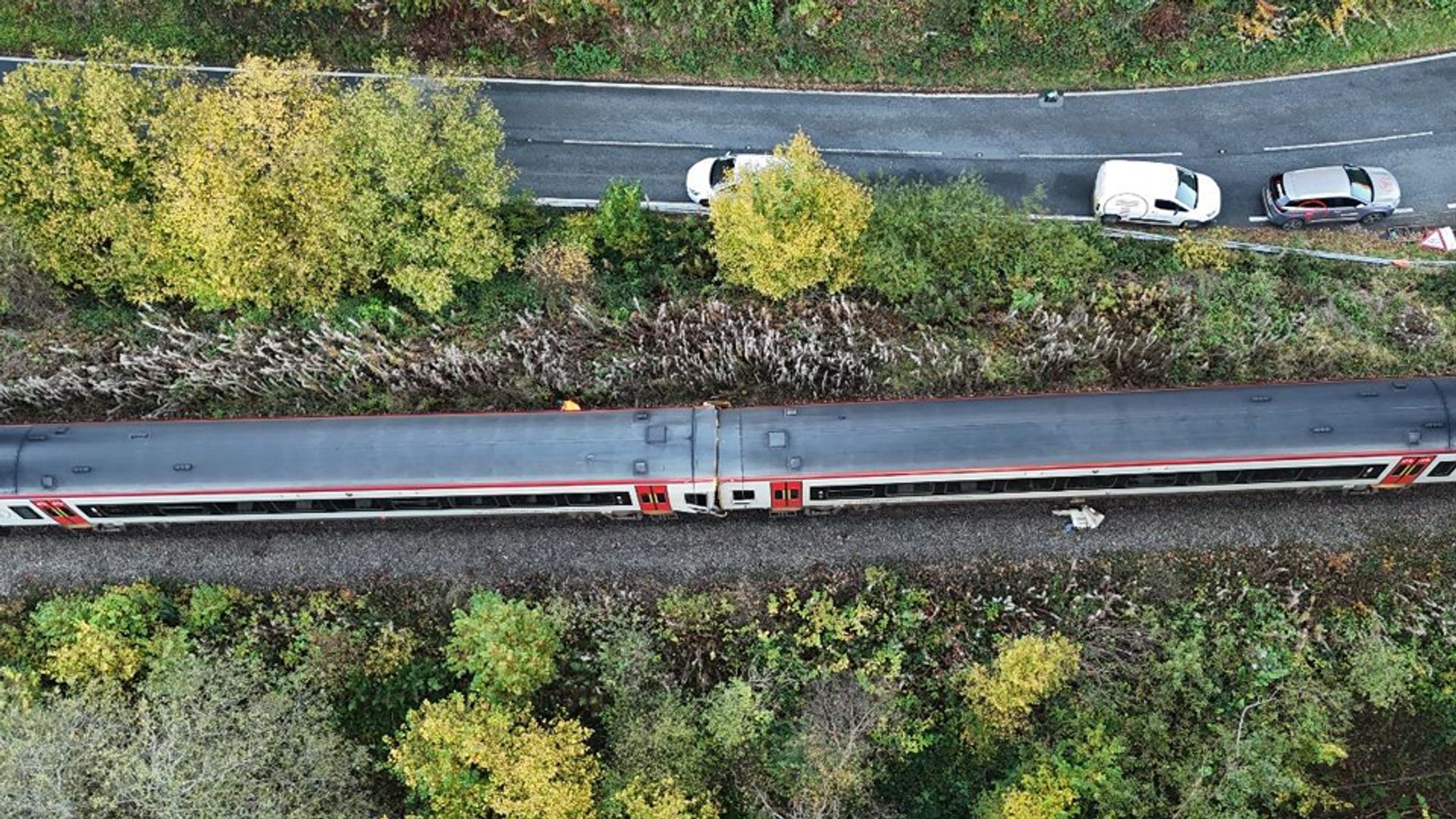
A group tasked with enacting a statewide strategy to help Mainers experiencing homelessness is gathering data on the characteristics of that population.
It’s the first phase in a long-range plan, Built For Zero, aimed to bring Maine’s — and Bangor’s — swelling unhoused population to “functional zero,” where homelessness is rare and brief.
While the information gathering step will likely take more than a year to complete, Maine could be the first state to have robust data on its unhoused population at a statewide level.
For months, Bangor officials have been counting on the effort to rein in its homelessness crisis, but Built For Zero and MaineHousing representatives told city councilors last week the initiative isn’t a crisis response measure.
“Right now, Bangor is experiencing a crisis situation with its unsheltered population,” said Lauren Bustard, MaineHousing’s senior director of homeless initiatives. “This long-term strategy approach is not going to be what Bangor needs right now to address the crisis.”
Meanwhile, Bangor’s homelessness crisis spurred a federal disaster relief team from the U.S. Department of Housing and Urban Development to come to Bangor to rapidly rehouse unsheltered people.
MaineHousing joined Built For Zero, created by the national nonprofit Community Solutions, in February 2022 and established nine service hubs throughout the state. Community Health and Counseling Services was awarded the service hub contract for the Bangor area — which is part of the region covering Penobscot and Piscataquis counties.
Built For Zero’s methodology includes gathering robust data on an area’s unhoused population and their needs while improving coordination among social service providers so unsheltered residents can access help.
“We’re looking for data not so we can point fingers and place blame, but so we can improve and learn,” said Erin Healy, strategy lead for Community Solutions’ Built for Zero initiative. “We want data so we can say, ‘We thought this was going to work but it didn’t, so let’s throw that out and try something new.’”
The data-gathering process happening in Bangor is mostly invisible, which leads residents to believe nothing is being done, Healy said. This can be frustrating for both residents and the outreach coordinators who are gathering information.
“If there are people living in your parks, it doesn’t matter that people are gathering data,” Healy said. “It’s very difficult to translate what we’re doing — it’s not a bumper sticker approach.”
While Built for Zero is a proven way to make sweeping, long-lasting change, it isn’t designed to help unhoused people immediately and doesn’t create housing in Maine, Healy said. She also acknowledged that housing Mainers is especially difficult now due to the scarcity of vacant units.
“This is decades of disinvestment in affordable housing that’s coming home to roost, and it’s going to take a while to build our way out of it,” she said.
Housing construction efforts have ramped up across the state to address the housing crunch with more units, said Lauren Bustard, MaineHousing’s senior director of homeless initiatives.
“MaineHousing, up until a few years ago, produced about 250 units of affordable housing a year,” Bustard said. “Right now, we have 3,677 units in our pipeline.”
Many of those construction projects have been stalled by labor shortages and supply chain disruptions that make building materials both more difficult to come by and expensive, Bustard said.
Healy said she hopes the information gathering phase will be complete in about six months, and Maine will be the first state to have quality data on a statewide level. That information will then guide local and statewide investments aimed at expanding housing, as the data will show what’s most needed and what needs are already being met.











